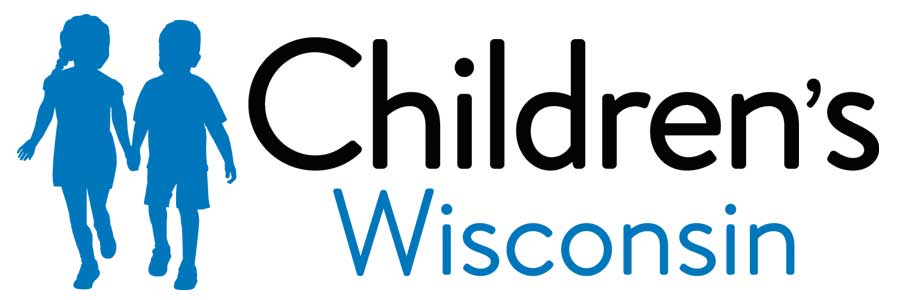Esophagoscopy (1696)
Key points below
What is an esophagoscopy for removing a foreign object?
The tube that moves food from the mouth to the stomach is called the esophagus. If something gets stuck in this tube, an esophagoscopy may need to be done. Special tools are put into the food tube. The tools grab the object so that it can be pulled out.How do I know if my child needs this procedure?
The doctor will look to see what is stuck. An esophagoscopy may be done if:The object:
• Has been stuck for more than 24 hours.
• Is large or has sharp edges.
• Cannot be moved using other procedures that push the object into the stomach. Your child:
• Had an object stuck in the esophagus in the past.
• Has a hard time breathing.
• Had surgery on the esophagus before.
How is it done?
1. A special medicine called anesthesia is given to make your child sleepy.2. Once your child is asleep, a breathing tube will be put into your child’s airway.
3. The doctor will use special tools to remove the object that is stuck.
What happens after the procedure?
When fully awake, your child can start drinking clear liquids. Once your child tolerates clear liquids, soft foods like ice cream or pudding may be offered. Your child can eat a normal diet within a day. Your child can go home when they can eat and drink normally.How do I care for my child at home?
• Your child may have a sore throat for about a day.– Give your child fluids often.
– Feed your child a diet of soft foods for one day.
• If your child’s throat is sore, pain medicine such as acetaminophen (Tylenol®) may help. Talk to your child’s doctor or nurse about using this medicine.
What follow up will my child need?
• Your child’s regular doctor will get information that your child had an esophagoscopy.• Talk to your child’s regular doctor about follow-up.
• Your child may need a special x-ray called an esophagram. This x-ray test lets the doctor check to see that your child’s esophagus is healing well.
• Check your home for small toys or other items that your child may swallow. Put those items where your child cannot get at them.
